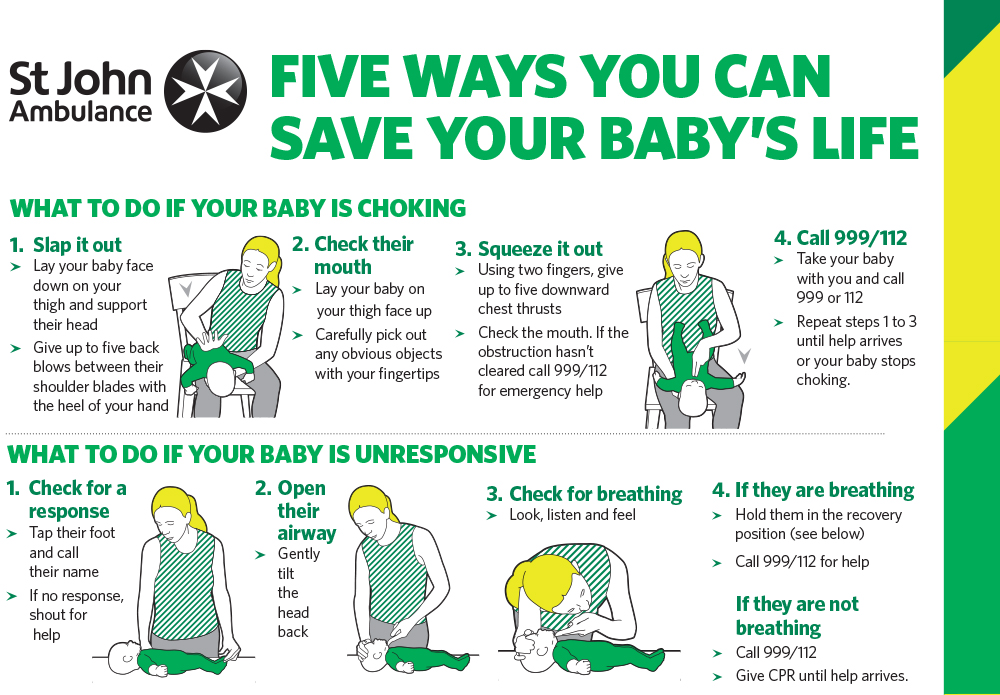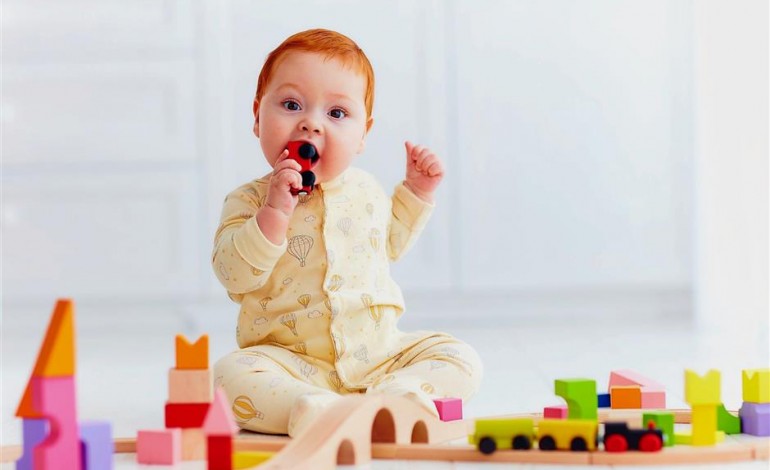Kids put the weirdest things in their mouths; a lot of which aren’t even edible. When most kids are young, putting objects into their mouths is how they “test” an object out.
Whether the object is edible or not, babies and children can choke.
Recently there have been a few items in the news about children choking – one of which is on small easter eggs. Now the girl who choked was 5 1/2 years old, so you would think she would be ok, but chocking can happen to any of us.
If you want to read that news article – it is here. There is also this New Zealand Herald article about a child who had a grape get stuck in their throat.
From chocolate eggs, to grapes, to cherry tomatoes, to cut up apple; to even popcorn – children can choke on anything. Heck ADULTS can choke on anything.
You can’t watch a child 24/7, but it does pay to be aware that these kind of incidents can happen. So if you’re in a situation where a small object, or piece of food, is around your child, just keep an eye on them.
If your child was to choke, here is what you should look for and should do (as taken from the St John website):
————————————
In partial airway obstruction the patient will be able to breathe and cough, although there may be a ‘crowing’ noise (stridor) as air passes through a narrowed space. Usually the patient can clear a small foreign body by coughing and, although the breathing may be noisy, air can still enter and leave the lungs. At this stage it is important to avoid giving back blows which may cause a foreign body to move and become a total obstruction.
Symptoms and signs – Not all may be present
- Partial airway obstruction:
- breathing laboured, gasping or noisy
- some air escaping from the mouth
- patient coughing or making a ‘crowing’ noise
- extreme anxiety or agitation
- Total airway obstruction:
- the person will be unable to effectively cough, breathe or speak, with no air movement
- the person will be making obvious efforts to breathe with in-drawing of spaces between the ribs and above the collarbones
- the person may be clutching the throat with both hands (the universal sign for choking)
————————————
Partial airway obstruction
How you can help
Never use back blows on a person who is able to cough effectively or breathe.
Ask the patient ‘are you choking?’ to determine whether their airway is completely blocked. If they are unable to answer or make noise, treat as for total airway obstruction.
If they can answer or breathe:
1. Reassure and encourage the patient
- Stay with the patient until full recovery has occurred.
- Encourage the patient to cough and expel the foreign body.
If the obstruction is not relieved – call for 111 an ambulance.
Note on Heimlich Manoeuvre
Life threatening complications associated with the use of abdominal thrusts (known as the Heimlich manoeuvre) have been reported in 32 case reports. Therefore, the use of abdominal thrusts is not recommended.
————————————
Total airway obstruction
How you can help
Call 111 for an ambulance.
1. If patient is conscious, give up to 5 back blows
- With an adult or child, standing or sitting (and leaning forward), and using the heel of one hand, give the back blows between the patient’s shoulder blades.
- Check between each back blow to see if the item has been dislodged.
- Place a baby face down on your lap for the back blows. Ensure you support the baby’s head. Give firm back blows, checking between each to see if the item is dislodged.
2. If unsuccessful, give up to 5 chest thrusts
- With an adult or child, standing or sitting, wrap both arms around the patient, at chest level.
- Place one fist with the thumb side against the middle of the breastbone.
- Grasp that fist with your other hand and give up to 5, separate, inward and upward thrusts.
- Check between each chest thrust to see if the item has been dislodged.
- Place a baby face upwards on a firm surface and give up to 5 sharp chest thrusts just below the nipple line, checking between each thrust.
The back blows and chest thrusts are given separately with a check after each one to see if the obstruction has been relieved.
3. If the obstruction has not been relieved
- Ensure an ambulance has been called.
- Continue alternating back blows and chest thrusts until the ambulance arrives.
- If the person becomes unresponsive, begin CPR.
Note on Heimlich Manoeuvre
Life threatening complications associated with the use of abdominal thrusts (known as the Heimlich manoeuvre) have been reported in 32 case reports. Therefore, the use of abdominal thrusts is not recommended.
————————————
Unresponsive patient
How you can help
- Call 111 for an ambulance.
- Quickly check the mouth
- Use your fingers to remove any visible solid obstruction.
- Begin CPR
- Begin CPR and continue until the ambulance arrives.
There may be some resistance to inflations at first until the object has been dislodged.
Note on Heimlich Manoeuvre
Life threatening complications associated with the use of abdominal thrusts (known as the Heimlich manoeuvre) have been reported in 32 case reports. Therefore, the use of abdominal thrusts is not recommended.
———————————— 
————————————
Quick Video (British – dial 111 for New Zealand)
Add me on Instagram – Happy Mum Happy Child.









